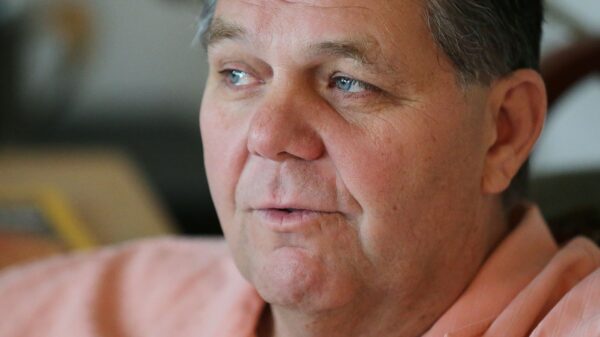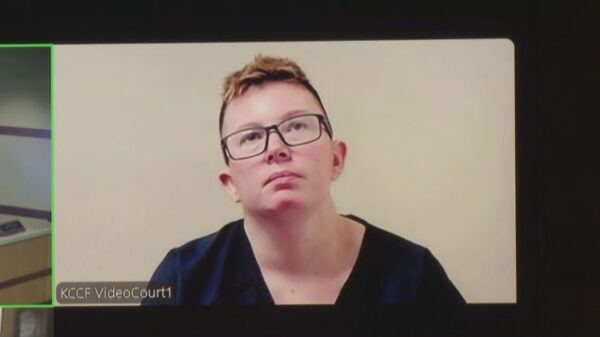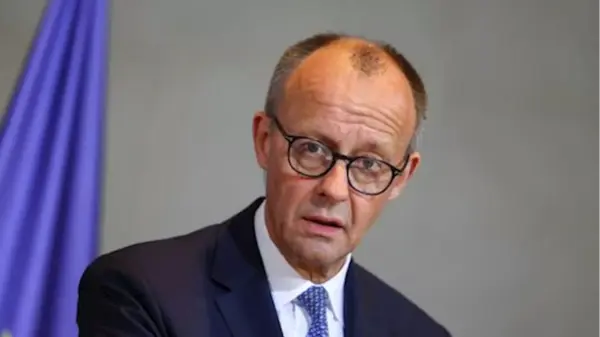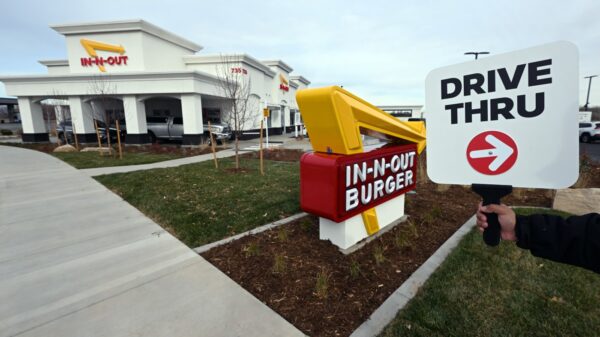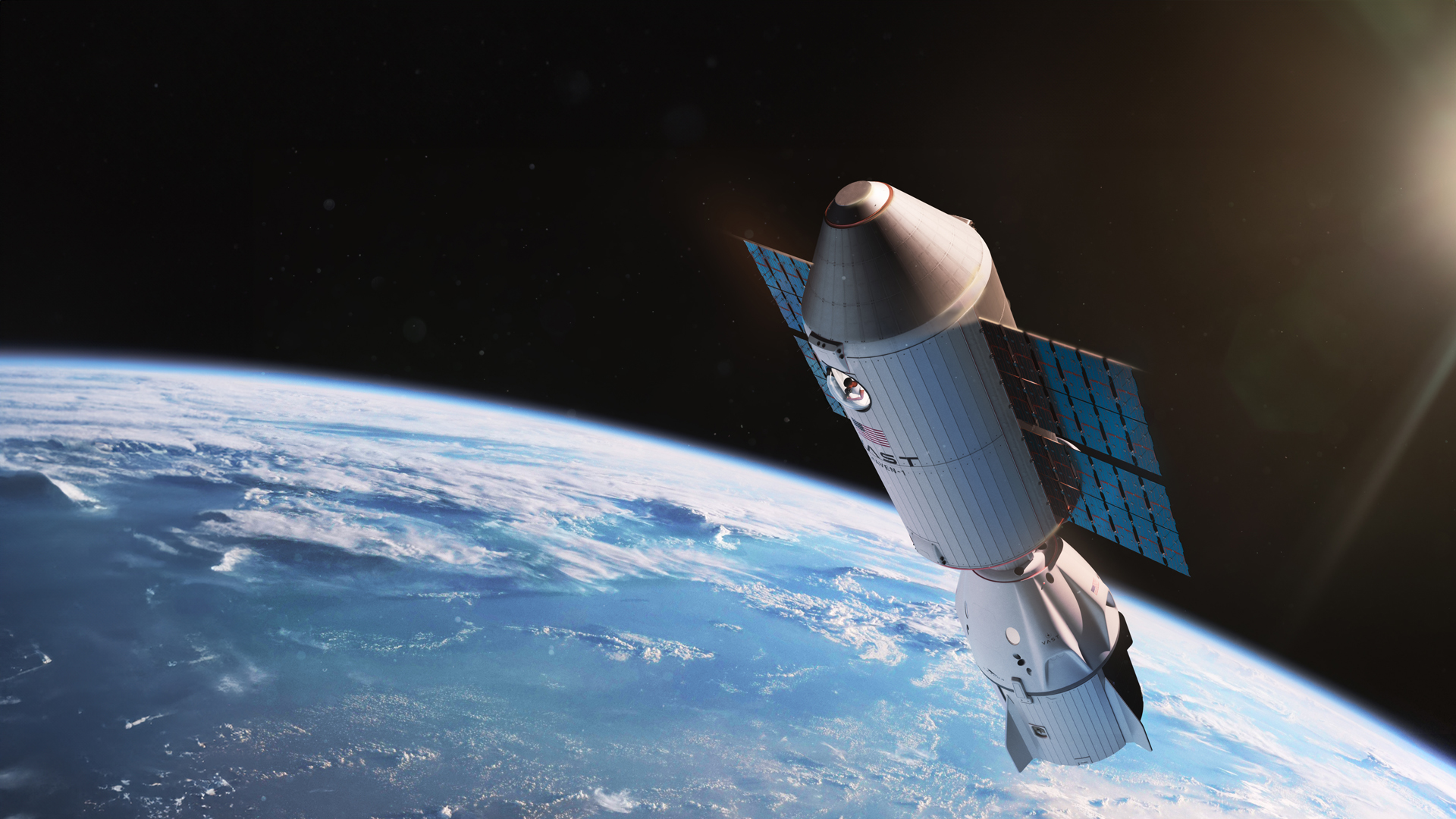Government investment is increasingly driving the development of a circular space economy, particularly in areas such as commercial space stations and satellite servicing. This was a key topic discussed at the recent International Astronautical Congress held in Sydney, Australia, where industry leaders outlined the significant role of government demand in shaping future space logistics.
During a panel discussion on September 30, Chris Blackerby, Chief Operations Officer of Astroscale, highlighted the growing interest from both defense and civil government sectors. “We see a steady increase in interest, primarily from defense, around the capabilities that we can provide but also civil-government demand,” Blackerby stated, emphasizing that government investment is essential for building a sustainable space infrastructure.
Government Demand Drives Initial Investment
The trend of government-led demand is evident across various companies in the space sector. Dana Baki, Chief Commercial and People Officer at The Exploration Company, noted that their initial focus has been on fulfilling the needs of the European Space Agency, particularly in transporting cargo to the International Space Station. Baki remarked, “Like many things in the industry, the original demand does come from government.” Future missions are expected to expand to other platforms, including the forthcoming Vast space station.
New entrants to the market are also adapting to this landscape. Jeffrey Hendrikse, co-founder and Chief Technology Officer of Atmos Space Cargo, shared insights on the company’s shift in business strategy. “When we started Atmos, it was not about microgravity,” he explained. The company has pivoted to focus on delivering rapid access to microgravity environments, a move prompted by investor feedback and market demand.
Cost Reduction as a Pathway to Profitability
For companies like Vast Space, the focus is less on generating new demand and more on reducing operational costs. Max Haot, CEO of Vast, pointed out the financial pressures faced by NASA, which is looking to decrease its annual spending from $3 billion to approximately $1 billion. “They want to do at least the same amount of work, maybe more, with materially less,” Haot noted.
Vast aims to achieve significant cost reductions through improved execution rather than seeking new customer bases. Haot expressed confidence that once costs are lowered, new market opportunities will emerge. He stated, “Once we are there, we believe we can be profitable with the existing market,” anticipating a drop in the costs associated with manufacturing complex products like organs, semiconductors, and pharmaceuticals in microgravity environments.
The discussions at the International Astronautical Congress underscore the critical interplay between government investment and the burgeoning commercial space sector. As companies adapt to the demands of both government and commercial clients, the potential for a circular economy in space appears increasingly viable. This evolution could lead to a new era of innovation and cost-effectiveness in space exploration and utilization.






